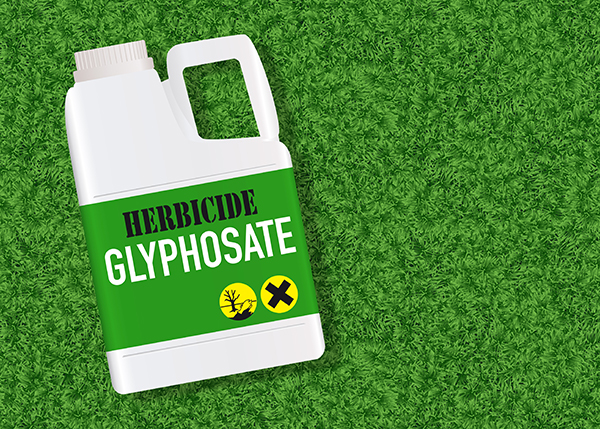
Bird populations have a crucial role in a farm's ecosystem. They help manage pests by preying on insects and aiding cross-pollination in the process. In fact, high bird numbers are one of the indicators of a healthy farm.
However, conventional farming methods have decreased their numbers due to a variety of reasons, such as the use of chemical pesticides and herbicides. These indiscriminately kill all insects, depriving the birds of food. The lack of food forces the birds to check other places and pastures for a richer source of food. Aside from this, there is oversimplification of land usage – which focuses on food production rather than biodiversity – and increasing mechanization.
Decreasing bird populations have reached such alarming rates that even the common swallow and house martin were declared endangered species in Finland. To counter the effects of these farming methods on biodiversity, the European Union implemented a subsidy system.
Promoting biodiversity on farms
The agri-environment-climate (AEC) subsidies are meant to compensate farmers who implement measures that benefit the environment. These measures include organic farming and encouraging biodiversity on their farms.
AECs subsidize a wide range of farming practices, but there is a lack of research conducted on them. The researchers of this study were particularly interested in which farming method was most effective.
For information on bird populations, they used the data collected from 2008 to 2013 through a standardized citizen science program – a long-term project that has been monitoring bird populations in Finland for over 40 years.
To gather information on farming methods, they analyzed the records on AEC and land-use practices in an online database. The data was collected and managed by the Agency for Rural Affairs in Finland.
The researchers found that organic animal farming contributed to a significant rise in bird abundance. In particular, there was an increase in populations of insectivorous birds. Compared to organic farms that only focused on crops, the effects of organic animal farming on bird populations had twice the positive effect. Their findings suggested that animals, particularly livestock, are crucial to increasing bird numbers.
The idea is logical. Most of the organic animal farms are cattle farms, where cattle or other livestock could graze in pastures during summer months. Insects flock around the rich manure of the cattle, due to eating complex vegetation. Consequently, as the numbers of insects increase, so do the numbers of birds on the farm. (Related: Organic farming found to eliminate plant parasites longer than conventional chemical pesticides.)
The researchers suggested that the AEC subsidies should be allocated to farms that help promote biodiversity. They believe that increasing the share of organic animal farms will further improve bird populations in the country.
Keeping birds happy on the farm
Organic animal farming increases bird numbers, but other organic methods contribute as well, albeit in more modest degrees. Aside from the kind of farming method to use, it is also important to consider how to manage bird populations in a farm.
The most effective way to do so is to allocate space for them called buffer areas or zones. These include hedgerows, field borders, and other non-cropped areas on the farm. The areas give them room to set up nests where they can stay, unlike conventional farming which destroys their habitat.
Maintain these areas in specific times of the year. For example, it may be best to mow field edges and strips during late fall. This reduces the chance of disturbing active nests of birds that have not yet left for the winter.
Overall, birds make significant contributions to farms in Finland, which can apply to farms in other countries as well. From this study, it becomes clear that organic animal farming not only produces healthy food, but also encourages biodiversity.
Learn more about farming practices that benefit both people and the environment at GreenLivingNews.com.
Sources include:
Please contact us for more information.























